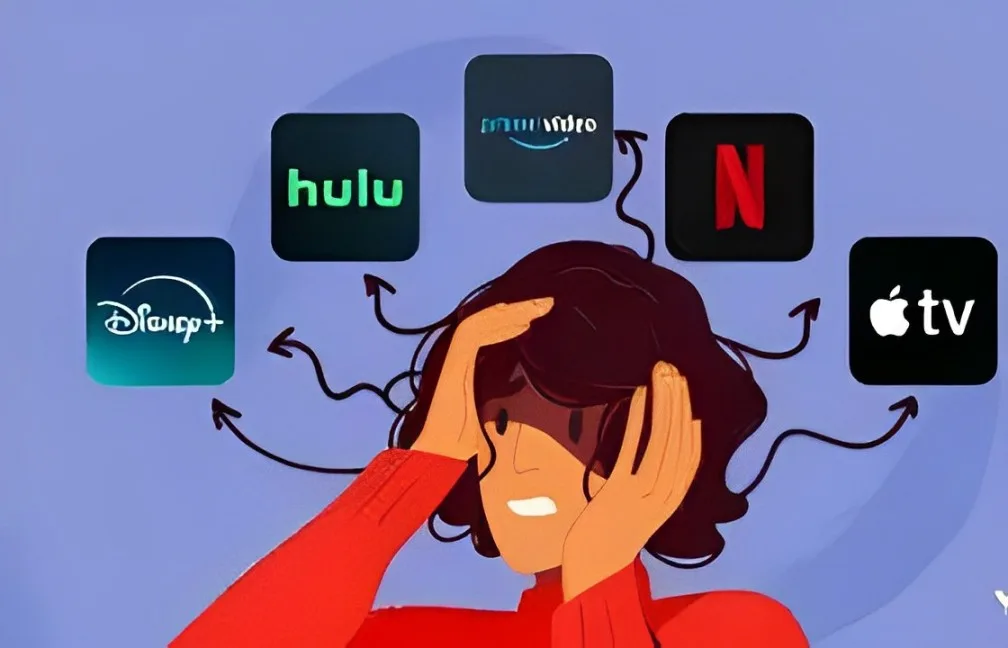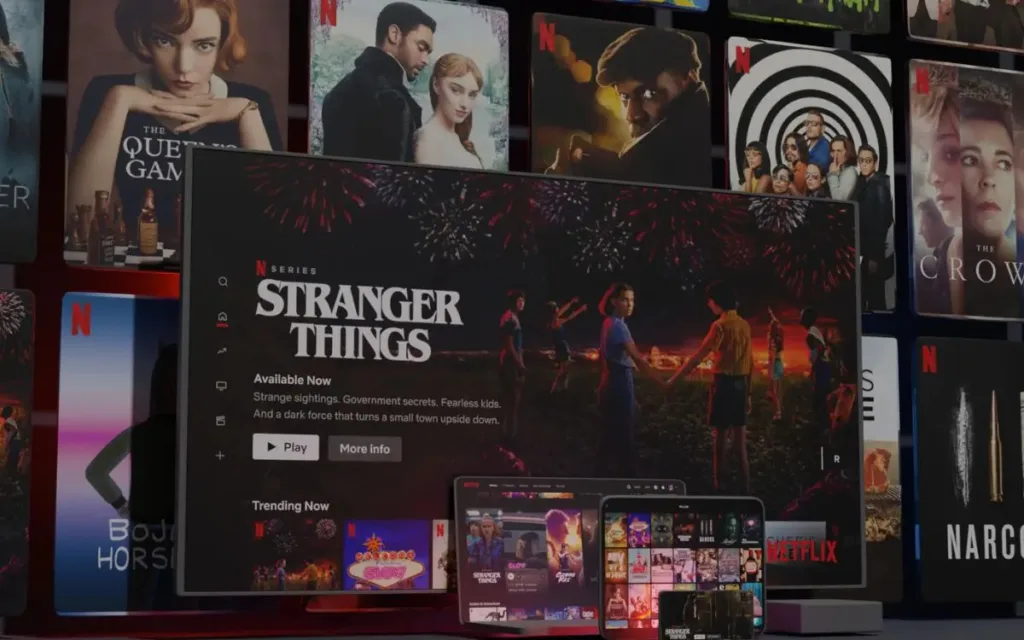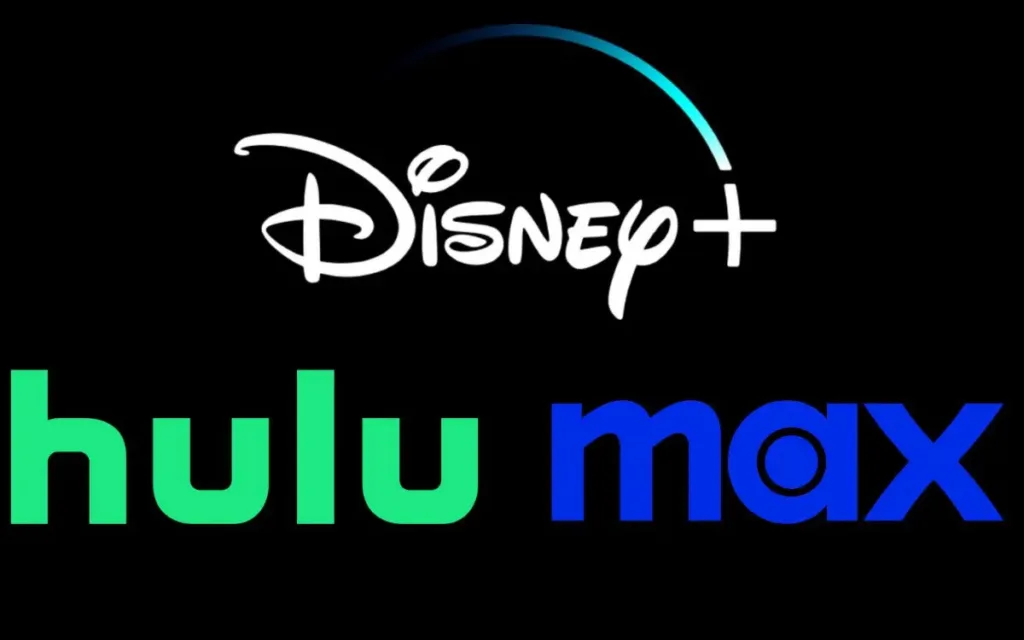
Remember when you’d return from school on a scorching summer afternoon, and your mom would dish up lunch as you fired up your CRT TV, tuning in to a trusty cable network to catch Phineas and Ferb? That era has been supplanted by OTT platforms such as Netflix, Disney Plus, etc., swiftly and stealthily. Yet, despite the conveniences promised by streaming services, a recent surge in options has led to overwhelming clutter, evoking a longing for those simpler days—a sentiment I aim to delve into.
What OTT Was Meant to Be

When Streaming services emerged with Netflix’s debut in 2007, it was poised to transform television viewing worldwide. Viewers could select content from a diverse library and watch it without ads, all at a fraction of the cost of cable installation.
This convenience and user-friendly approach propelled OTT platforms to great success, attracting interest from major entertainment corporations leading to the emergence of numerous Netflix-like services.
Moving quickly into the future
As time passed and the number of streaming platforms increased, competition among them grew, resulting in an uneven distribution of content. For example, to watch DC Studios movies, one needs HBO MAX, while for Marvel Studios content, a Disney Plus subscription is necessary. The shifting of content between platforms, such as Friends moving from Netflix to Max and Hulu, complicates the situation.
The Clash of Packages

Now that we have all this new content available, we are faced with the task of managing an overwhelming number of accounts and paying for each site individually, resulting in excessive spending on these subscriptions. This factor alone has caused people to move away from streamlined OTT platforms. In response, major media companies like Disney have introduced bundles that offer combined access to Disney+, Max, and Hulu at a much more affordable price. However, there are drawbacks to these bundles as well.
While the bundles are beneficial, they tend to overlap. For example, if you want entertainment services, you can opt for the Disney+ bundle mentioned above. But if someone in your family prefers to watch sports, you would need to choose between the Disney+/Hulu/ESPN+ bundle or the ESPN/Fox/Warner Bros/Discovery bundle, both of which require additional payments. This situation resembles cable TV, but with significantly higher costs. So, what is the point of it all?
One of my main complaints about OTT platforms is the additional fees for an ads-free streaming experience, even after purchasing subscriptions for platforms such as Disney Plus, Hulu, or Peacock. When OTT platforms first emerged, the selling point was the ad-free viewing experience as a replacement for regular cable.
The Solution
Now that we’ve discussed the issues, what could be the potential solution? If streaming services are resembling traditional cable TV, why not integrate the positive aspects of it? Major media companies could introduce a comprehensive service package containing a wide range of content for kids, sports, entertainment, infotainment, and more, akin to what cable TV providers once offered.
Another idea is to establish a customizable barrier that allows users to pick the type of content or catalog they desire from a specific streaming service, thereby tailoring a payment plan based on their viewing preferences. This approach would prevent unnecessary payments for unused content.
In light of these considerations, the distinction between OTT and Cable exclusivity has become increasingly blurred. The current chaotic landscape makes me nostalgic for simpler times when selecting desired content was as easy as entering channel numbers on a remote. Despite promises by OTT platforms to eliminate ads and long waiting times, they seem to have inadvertently embraced these very aspects they initially sought to eradicate.

0 Comments